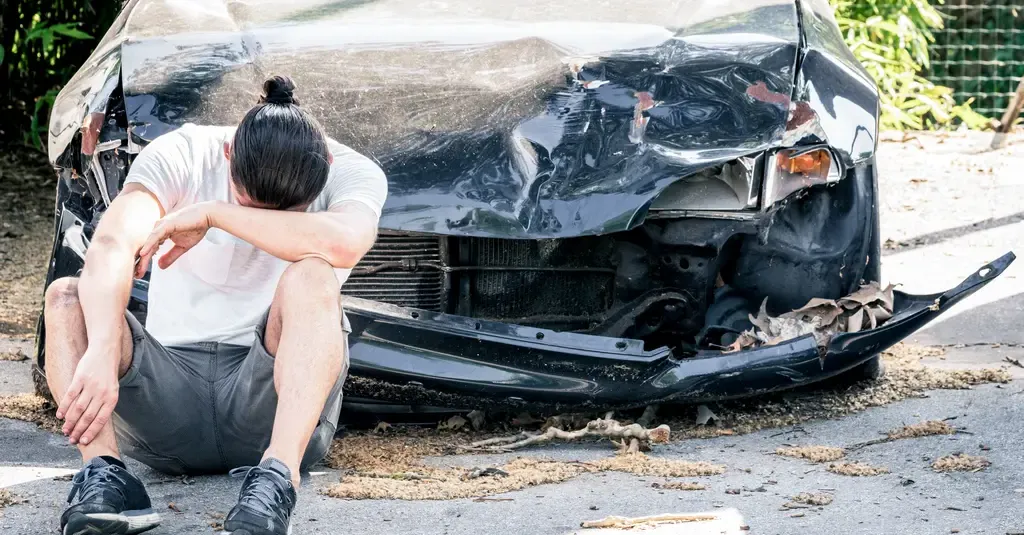The deafening screech of tires, crashing metal, and shattering glass; no one ever anticipates the shock and chaos of a car accident. What now? What happens afterwards?
While no one wants to face such a traumatic event, it’s crucial to always be prepared. Car accidents can significantly disrupt your life through severe injury or property damage.
Thus, knowing what to do in the aftermath of a car accident is key. There are safety measures, insurance procedures, and legal protocols through a Abogados de accidentes automovilísticos that can transform a crisis into a manageable situation.
Here’s a breakdown of what you need to do after getting into a car accident.
Step 1: Prioritize Safety Above Everything Else
In the immediate aftermath of a car crash, your primary concern should be everyone’s safety. Start by assessing your own condition and then check on the well-being of any passengers in your vehicle. If they’re not safe, dial 911 immediately. But if they are, move your car to a safe area away from the flow of traffic if you’re capable of doing so.
Step 2: Contact Law Enforcement
Once you ensure everyone’s safety, the next step is to alert the authorities irrespective of the severity of the accident. Police officers can help manage the scene, ensure safety, and create an official accident report.
When the police arrive, provide them with a truthful account of events. Avoid speculating or guessing about details you’re not certain about. Be sure to get the officers’ names, badge numbers, and the report number for future reference.
A police report is a crucial document that can be extremely valuable when filing an insurance claim or if legal proceedings become necessary. This report will contain an unbiased, third-party account of the incident, which can be vital for establishing the truth.
Step 3: Gather Critical Information
After ensuring everyone’s safety and contacting the authorities, it’s time to collect pertinent information related to the accident.
Exchange necessary details with the other driver(s) involved in the accident, including names, addresses, phone numbers, insurance information, and vehicle details. Use your smartphone to take photographs of the accident scene, capturing different angles and views.
Avoid discussing who was at fault during this exchange. Be courteous and cooperative, but refrain from apologizing or admitting any fault.
If there were bystanders or other witnesses to the accident, politely ask for their contact information. Eyewitness accounts can be extremely valuable in accurately reconstructing the accident and establishing who was at fault.
Step 4: Notify Your Insurance Provider
Call your insurer and inform them of what’s happened. Be sure to provide them with all the necessary details, including the police report, photographs of the accident scene, and the info you collected from the other driver.
While it’s important to cooperate with your insurance company, keep in mind that their primary goal is to minimize the payout. It might be prudent to consult with Abogados de accidentes automovilísticos before accepting any settlements or signing any documents (which brings us to our next point).
Step 5: Seek Legal Advice if Necessary
If the accident caused significant injuries, or if there’s a dispute about who was at fault, it might be wise to seek legal advice from Abogados de accidentes automovilísticos.
You can expect them to:
- Provide legal advice
- File a claim on your behalf
- Negotiate with insurance companies
- Represent your interests if the situation escalates into a lawsuit.
To Sum It Up
Knowing what steps to take in the aftermath of a collision can make a world of difference. Every accident is unique, and the aforementioned steps are general guidelines. Depending on your situation, you may need to take extra actions. Always prioritize your safety, follow the law, and don’t hesitate to seek help from Abogados de accidentes automovilísticos.
